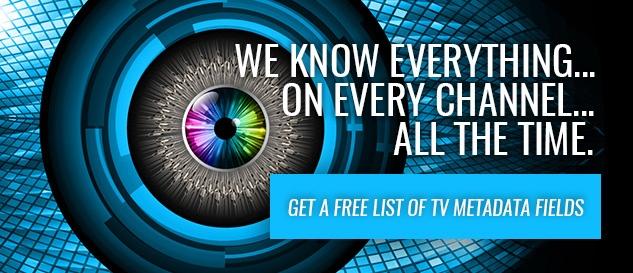Just the name “The Digital Public Library of America” sounds
like an amazing concept in this technological age. So it should be no surprise that the biggest
hurdle of this venture was also technological. The metadata.
That metadata becomes even more important when one considers
that the DPLA doesn’t have its own archives—merely linking to other libraries
and digital archives. So that
information in metadata form truly has to communicate cross-platform while also
accommodating the entities that are archiving the material.
Sound familiar? It just might. FYI uses that same approach
when developing APIs. Creating an interface that uses a database—and metadata
designed to make the most of that database.
Because without the metadata to guide them, how will readers
navigate the two million archived books, images, and other media the DPLA has
archived from other databases? Much like a viewer needing an EPG, a listings
guide, or an API (with appropriately tagged metadata) to help them navigate
the endless seas of programming.
So, the whole DPLA endeavor is wrapped up in metadata. Without it, the library would be far less
functional and accessible. According to
DPLA Executive Director Dan Cohen, they’ve built “a data model that is very
rigorous and flexible.”
The biggest problem has been “duping” or the process of two
caches of data describing the same item differently—creating duplicate records
for the same item.
Again, sound familiar? Just like the DPLA, FYI faces that
problem when creating entertainment listings or rights reports. FYI has a workflow that identifies and tracks these “duped” pieces of data. The
DLPA is devoting considerable manpower behind this effort, too.








Post a Comment